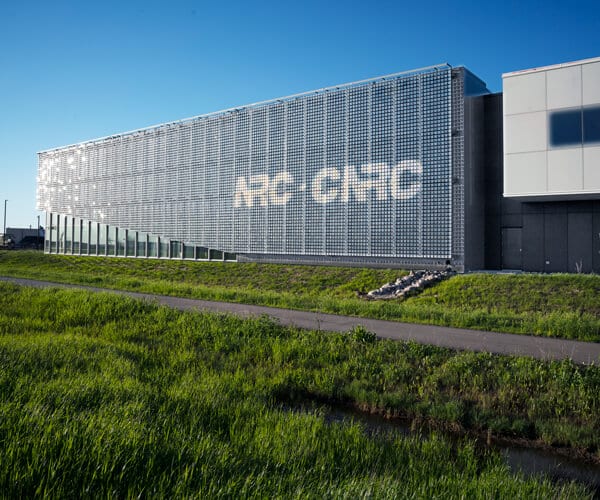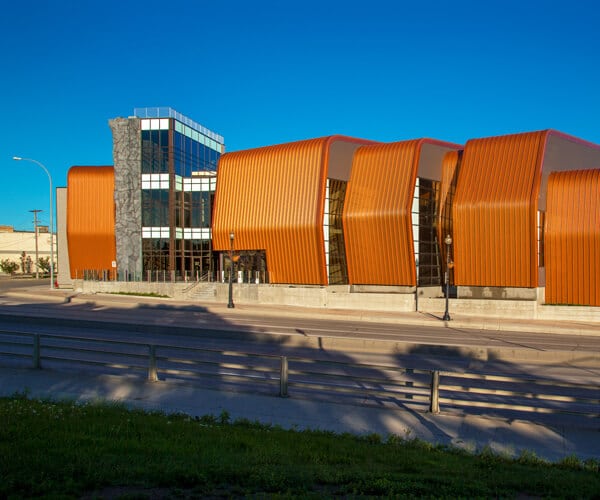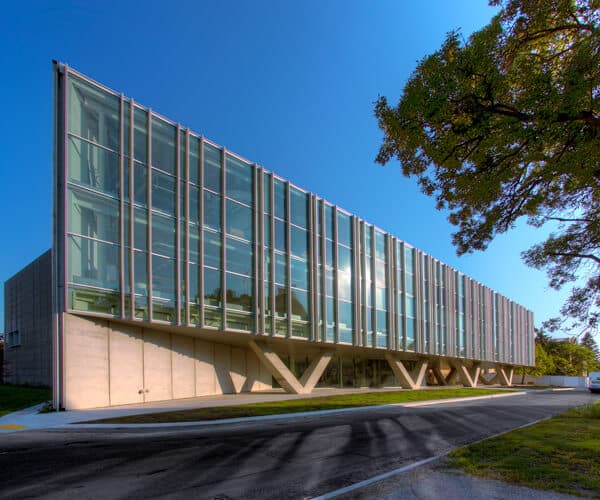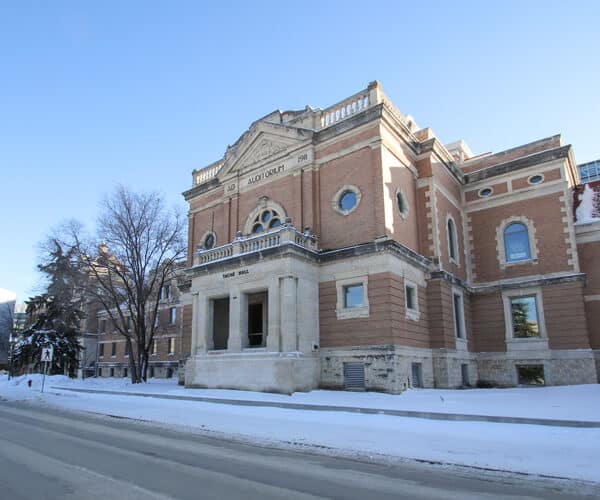Building Science
Holistic Building Performance
Building Science is a multi-disciplinary approach to understanding the behaviour of a building as a holistic system to predict the performance of building components, assemblies, and systems, with respect to energy efficiency, durability, indoor environmental comfort, and indoor air quality.
At Crosier Kilgour we implement building science principles to our investigative, assessment, and design services, to locate and diagnose building envelope issues, recommend strategies to address the concerns, and then to design innovative and durable solutions.
Building Envelope Design
The building envelope consists of the assembly of components that provides environmental separation between the conditioned space and the exterior environment. The control and management of heat, air, and moisture across the building envelope is critical to the long-term performance of a building. Our firm specializes in the science of building envelopes and applies theory and experience to support the architectural features of a new building with detailed design and analysis of assemblies, systems, and interfaces.
Through research, testing, computer modelling, and in-house expertise, Crosier Kilgour has designed conventional and non-conventional building envelope systems that are durable and cost-effective.
Related Projects
Building Envelope Assessments
A building envelope assessment from Crosier Kilgour evaluates all components of the building envelope systems and components including roofs, walls, windows, doors, sealants, flashings, etc. to provide an opinion of the current condition, identify current or potential issues, prepare a categorized risk assessment and timeline for each issue observed, and an opinion on probable construction costs for recommended remedial work.
Related Projects
Roofing Assessments & Design
Roofing systems are as critical to building enclosure performance as cladding and glazing systems. Crosier Kilgour provides impartial evaluations based on engineering principles that allow for development of appropriate, cost-effective repair or replacement options. We assist with the selection of appropriate materials for the exposure conditions and level of performance desired for repairs and new roofing designs alike.
Related Projects
Fenestrations
A fenestration is any opening in the building envelope, including windows, doors, and skylights. Whether planning a new building or replacing and upgrading existing window systems, the accurate design of advanced glazing systems requires a comprehensive knowledge of the relevant building codes and design standards. Our building science team provides input and direction at the concept stage, provides working drawings during design, and problem solving of construction detail issues early in construction.
Thermographic Imaging
A thermographic scan uses heat, or infrared, sensing photographic equipment to observe and record variations in the surface temperature of building components and temperature differentials on a building elevation. Crosier Kilgour uses thermography as an efficient, unobtrusive, and cost-effective tool to identify air leakage, thermal bridging, inadequate, missing, or wet insulation, or moisture within the wall or roof assembly.
Based on our extensive knowledge of investigation and restoration of building envelopes, our trained staff use their experience to discern false positives from real issues and provide an interpretation of the image anomalies with detailed commentary on the likely underlying causes.
Thermal Modelling
The adoption of the Model National Energy Code of Canada for Buildings (NECB) into new building designs has created considerable challenges in establishing an accurate opinion on the actual or effective thermal resistance of wall, roof, and glazing systems. Crosier Kilgour uses state-of-the-art thermal and hygrothermal modelling programs to analyze complex connection details, allowing us to optimize our designs for cost-effectiveness.
In co-operation with our Energy Modelling group, our team has extensive experience performing thermal bridging analyses of the linear and point thermal bridges present in every design that must be included in NECB 2017 and NECB 2020 effective thermal conductance analysis.






